A STAIRCASE IS A KEY ELEMENT OF YOUR HOME’S ARCHITECTURAL DESIGN, AS WELL AS A REFLECTION OF YOUR PERSONAL STYLE AND TASTE.
A staircase is a key element of your home’s architectural design, as well as a reflection of your personal style and taste. We offer beautifully crafted tailormade staircase from the wood material you choose: oak, rustic oak, beech, or rustic beech. Your tailor-made staircase is based on your hallway and how it best can be adapted to the space you have. That gives 15 possible staircase formats and shapes below.
At SOGEM we value every detail of the staircase from balustrade to the very last tread. Your staircase will be built using sustainably European sourced timber from FSC® certified forestry.
FORMAT AND SHAPE OF A STAIRCASE


Straight flight


Low right quarter turn


Low left quarter turn


Upper right quarter turn


Upper left quarter turn


Staircase quarter turn intermediate right


Staircase quarter turn intermediate left


Double winder staircase right


Double winder staircase left


Double winder staircase right-left


Double winder staircase left-right


U staircase double quarter turn right


U staircase double quarter turn left


U staircase landing right


U staircase landing left
ALL YOU NEED TO DO IS TO TAKE THESE MEASUREMENTS IN YOUR STAIRWAY
H: Floor to finished floor height
Q: Floor-ceiling height
R: Total going length
R1: Going first stair flight
R2: Going second stair flight
R3: Going third stair flight
N: Upper floor opening width
M: Upper floor opening length
A1*: Entry width (*if required)
A2*: Exit width (*if required)
OPEN OR CLOSED RISER STAIRCASE
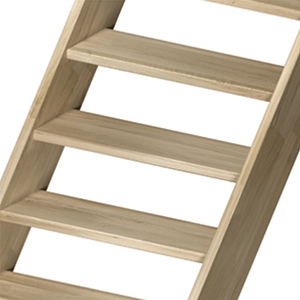

Open riser staircase
Opting for a wooden open rise staircase is a great way to invite light and space, adding a touch of minimalism to your home.
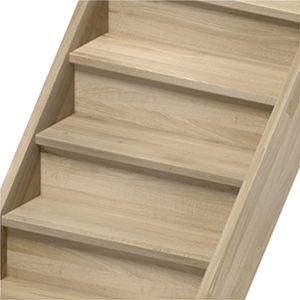

Closed rider staircase
The underside of a closed tread staircase provides the option of an additional storage area.
BEAUTIFUL SOLID OAK AND BEECH
Pick wood type and thickness of wood.
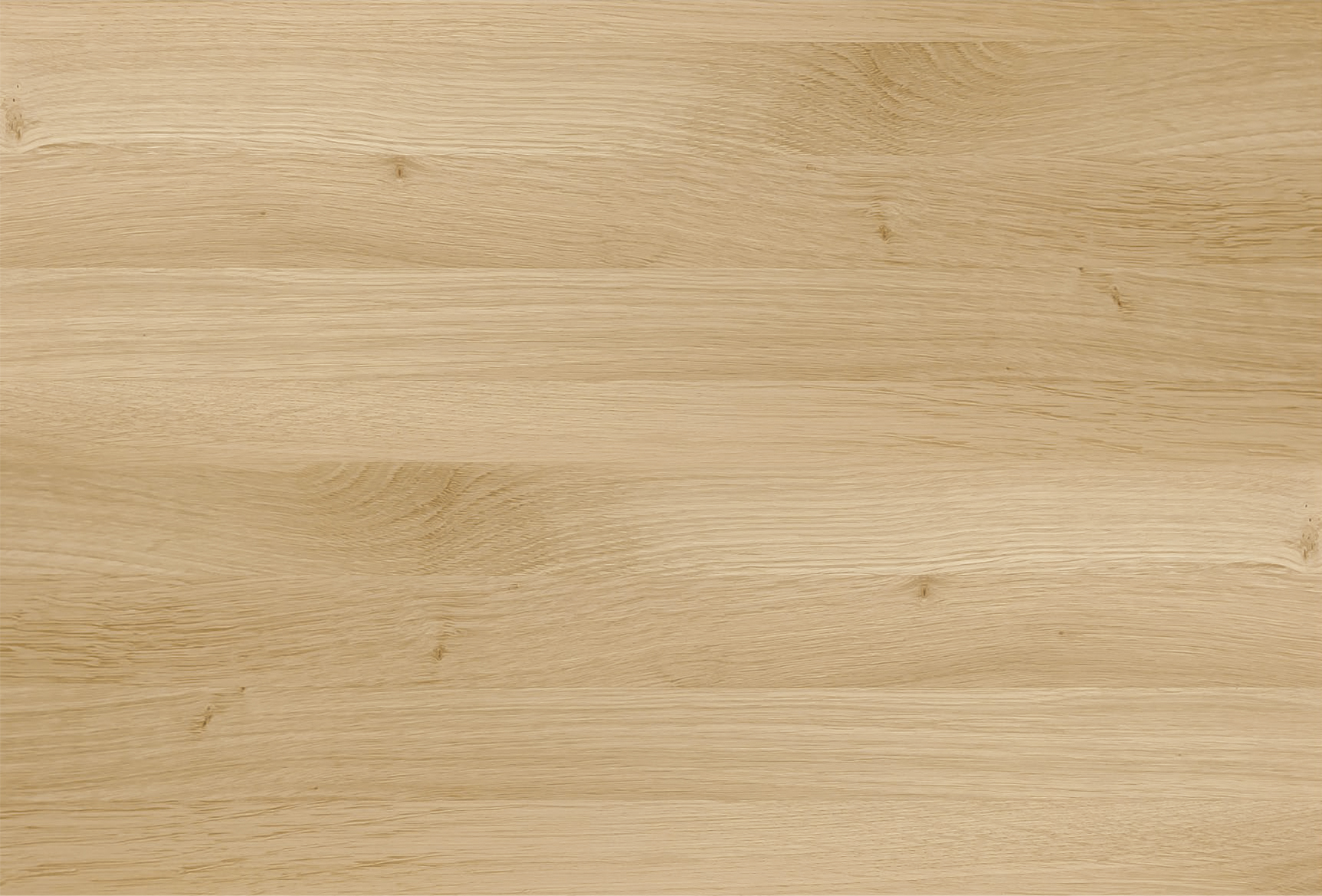

Laminated oak "Elegant"
Thickness: 30 & 38 mm
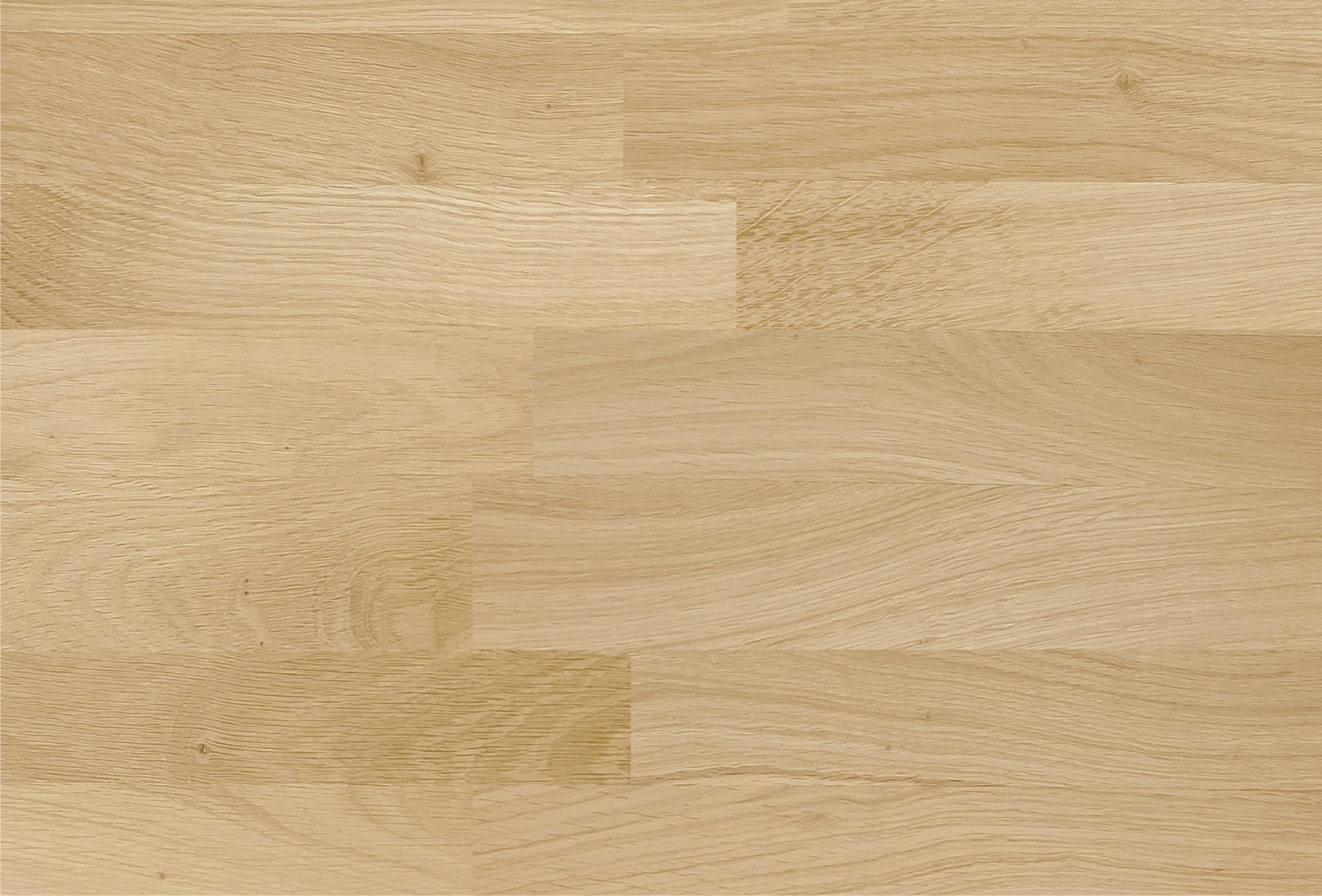

Finger-jointed laminated oak "Trend"
Thickness: 30 & 38 mm
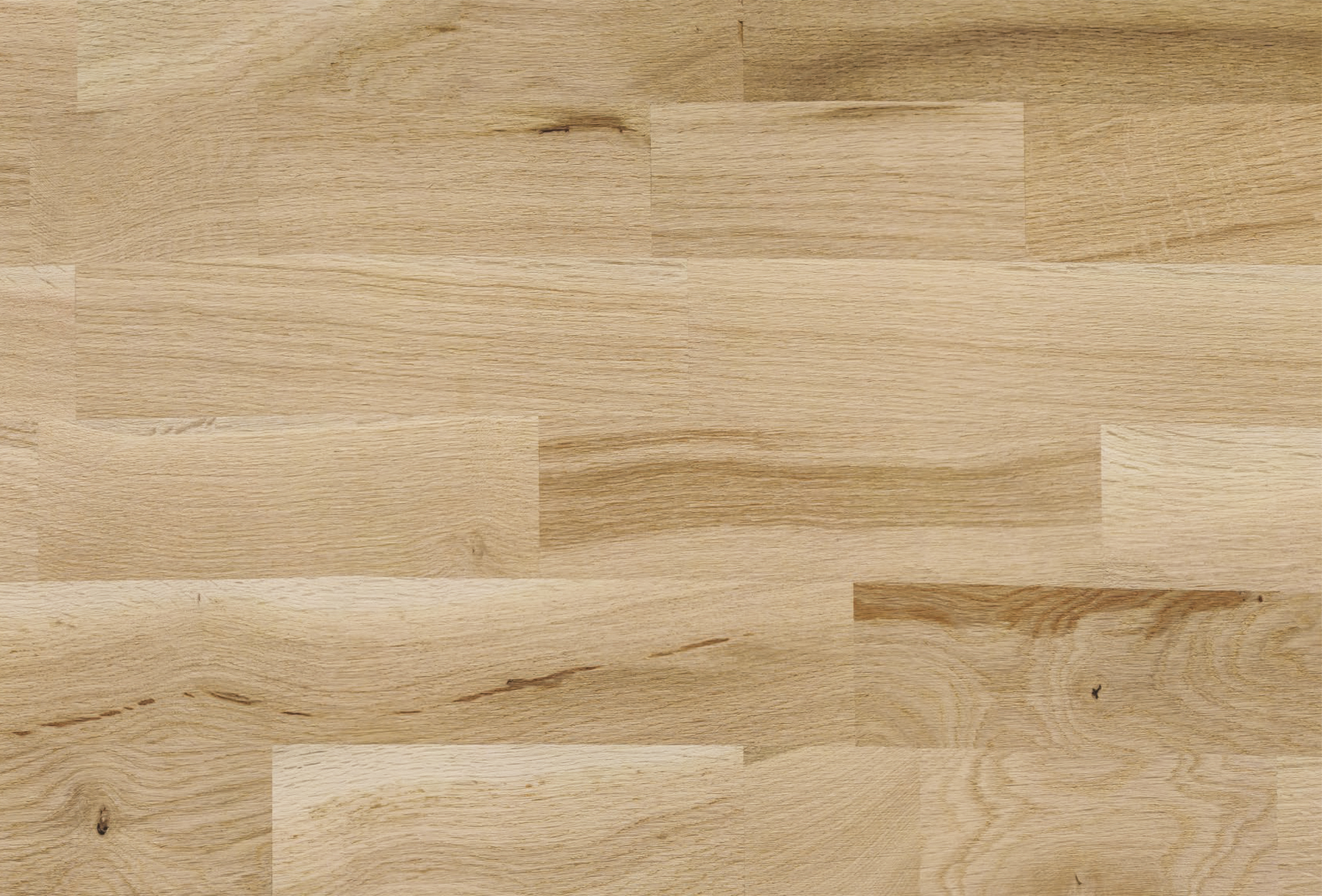

Finger-jointed laminated oak "Essential"
Thickness: 30 & 38 mm
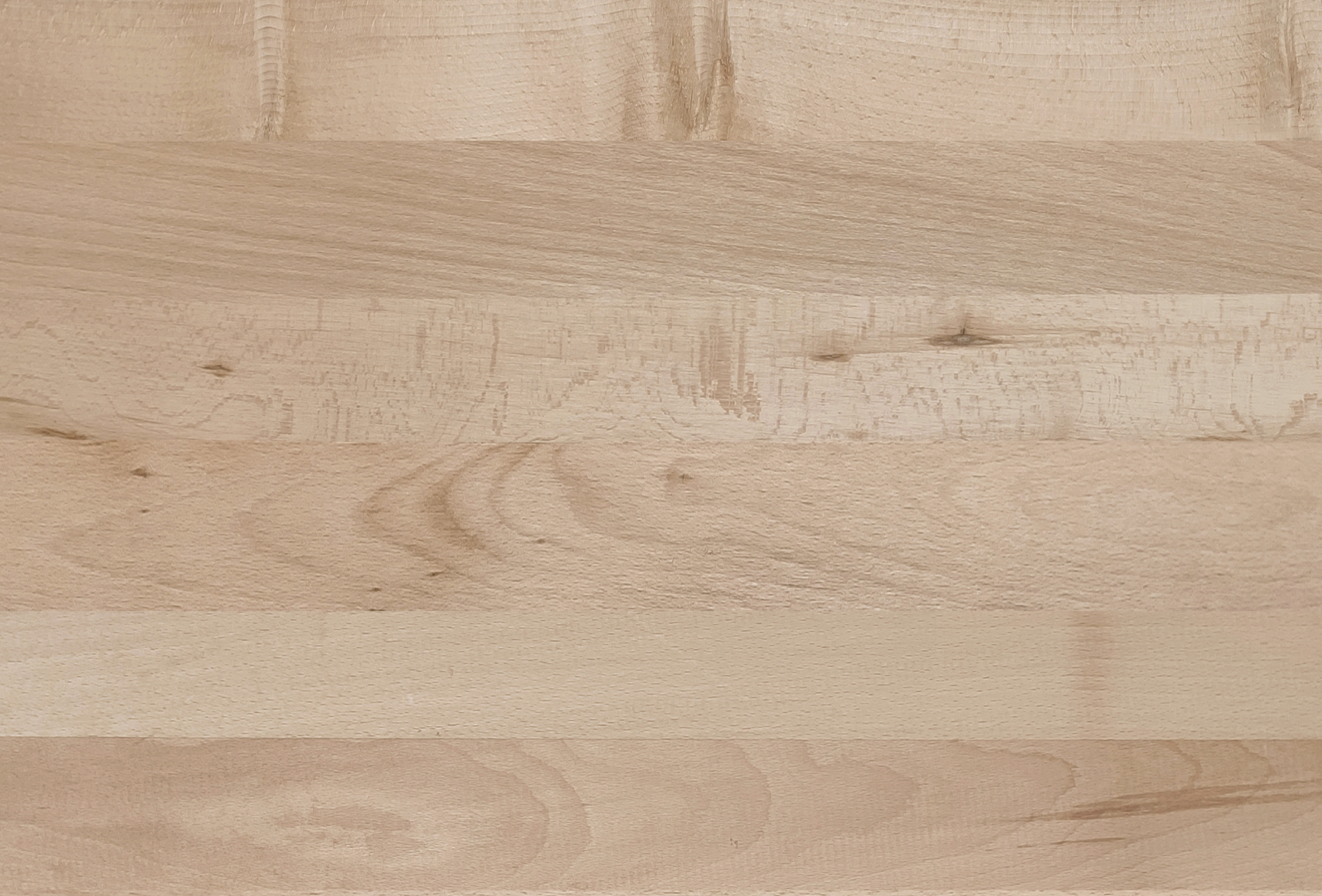

Laminated beech "Elegant"
Thickness: 30 & 38 mm
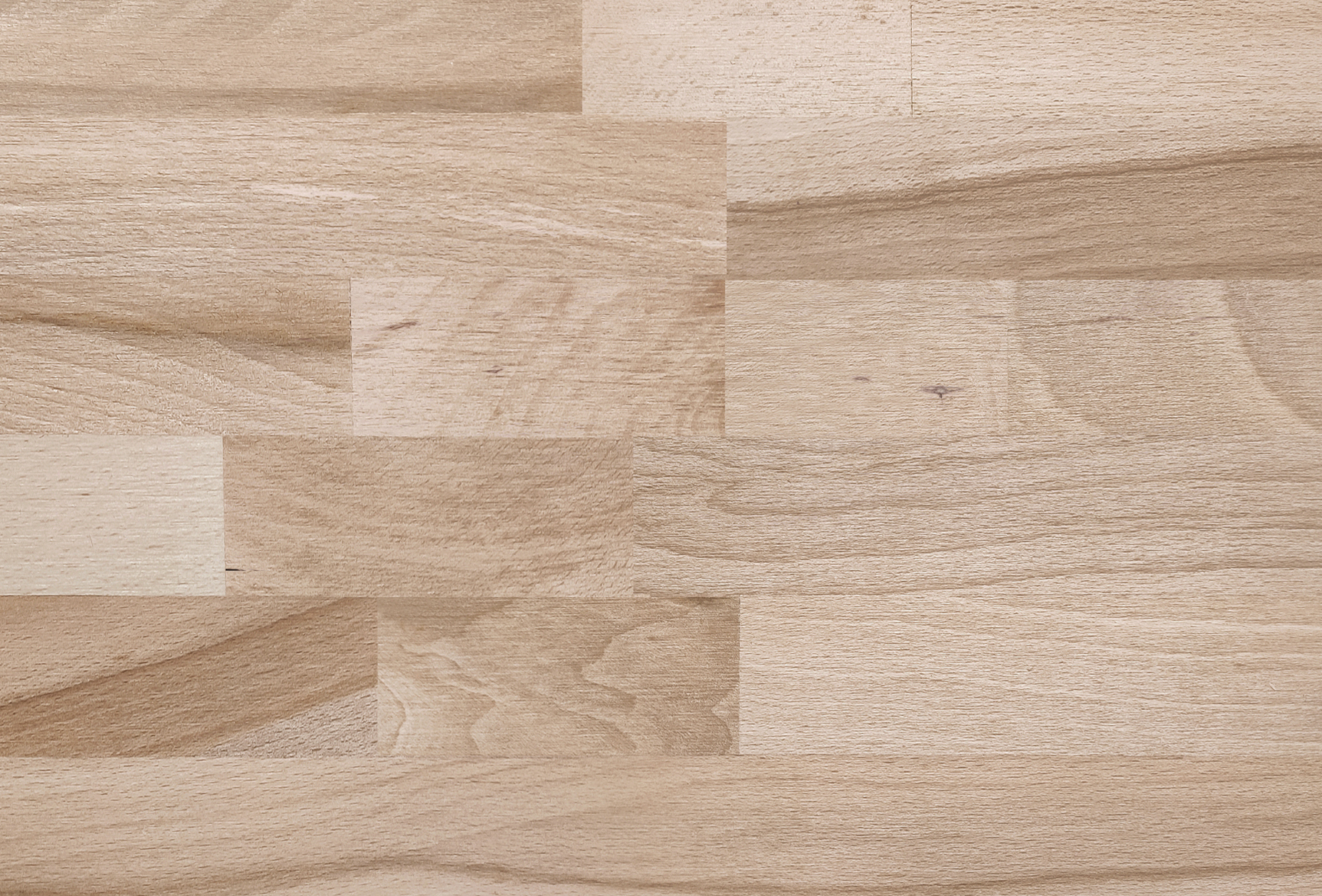

Finger-jointed laminated beech "Trend"
Thickness: 30 & 38 mm
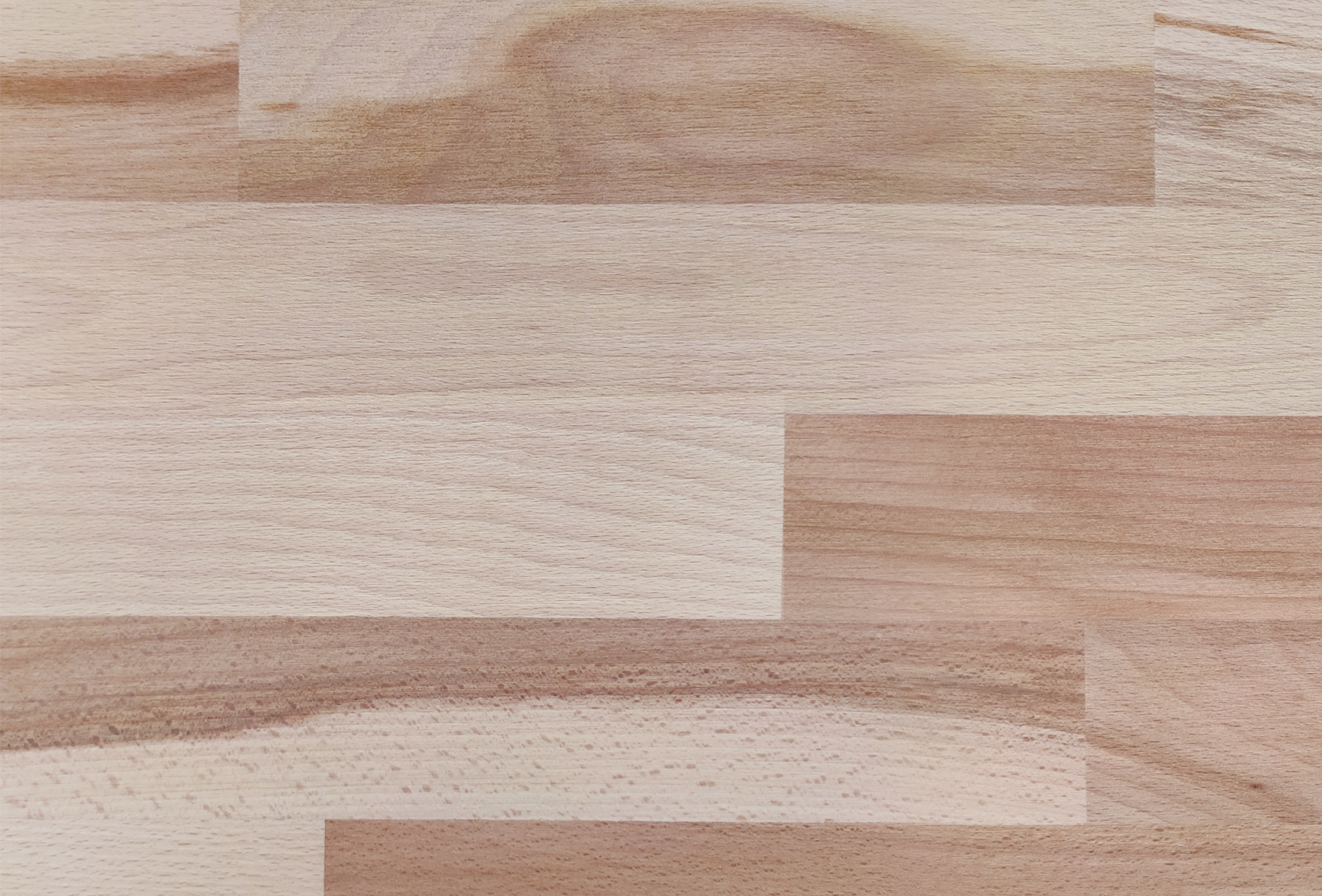

Finger-jointed laminated beech "Essential"
Thickness: 30 & 38 mm
WOULD YOU LIKE A FINISHING TOUCH?
Our custom-made staircases are crafted exclusively from oak or beech, two wood species renowned for their strength and elegance. We offer several finishes to enhance the wood: natural or white tinted oil, or natural-colored varnish. The stringers can be painted black or white, ensuring perfect harmony with your interior.
CHOOSE YOUR HANDRAIL BANISTER
Pairing your open rise stair with a banister with steel tubes enhances the sleek, modern aesthetic to your stair space, whilst choosing a wooden banister creates a traditional, homely feel. Handrail banister can be placed both right or left side. It is also an option to choose a staircase without banister.
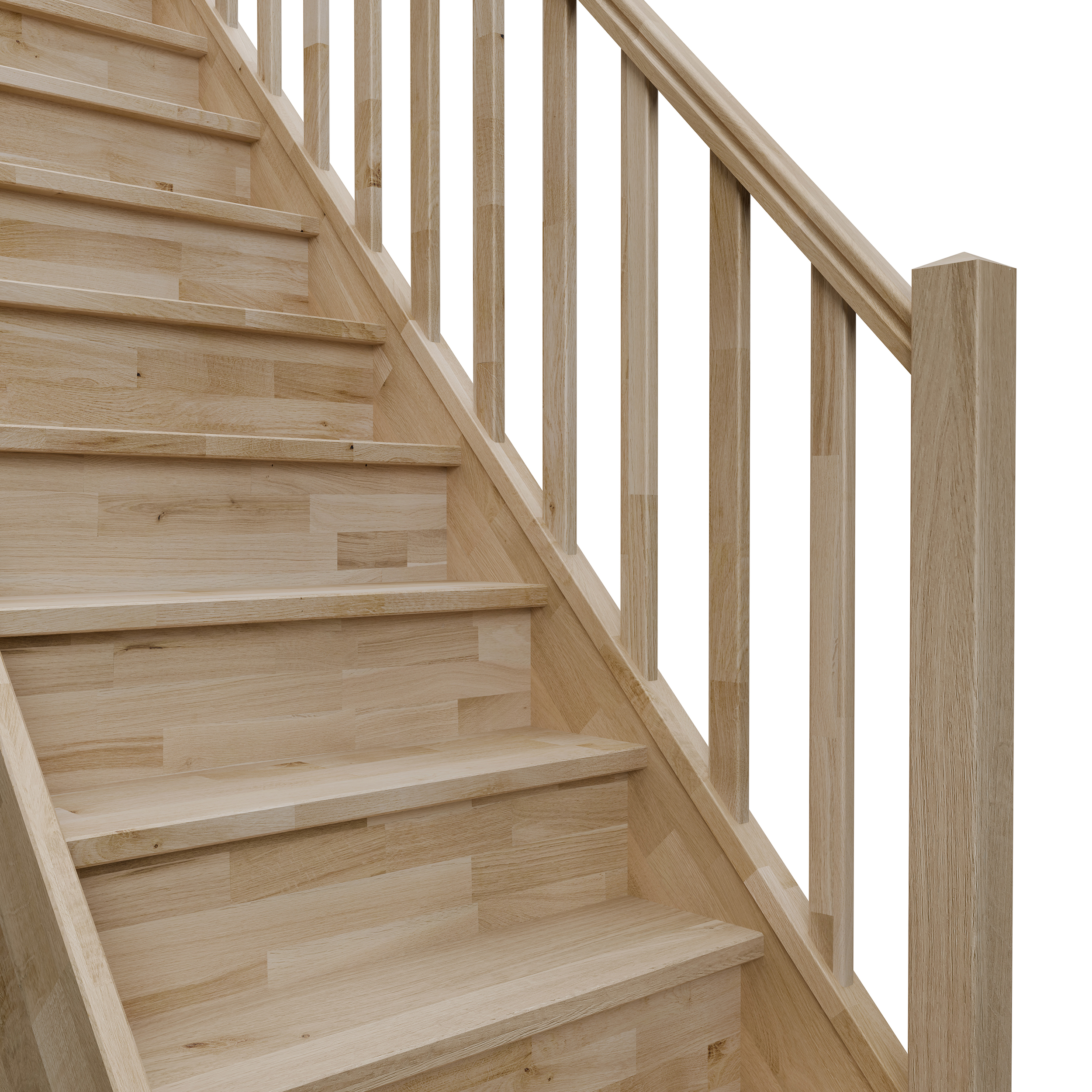

Moulded modern
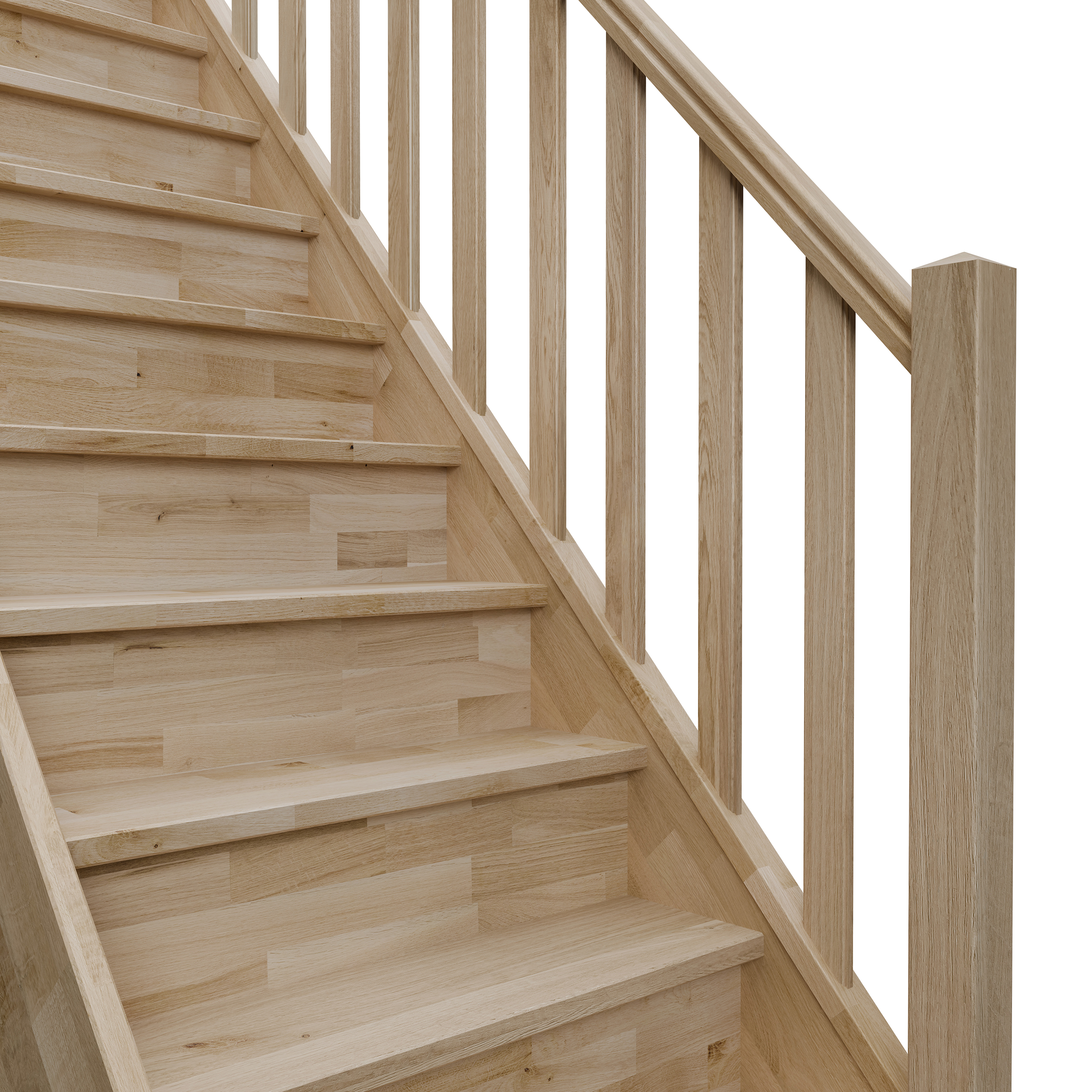

Moulded classic
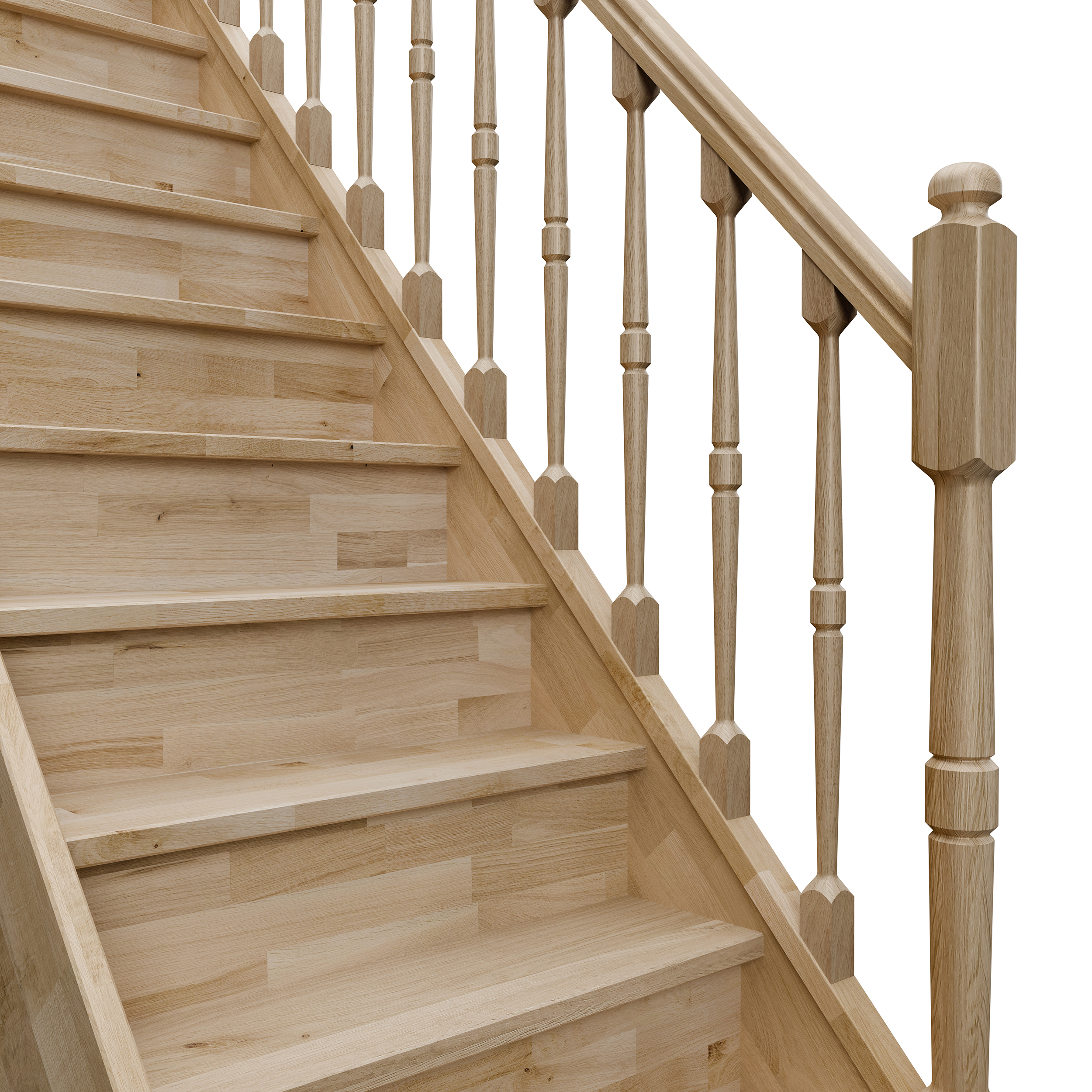

Turned modern
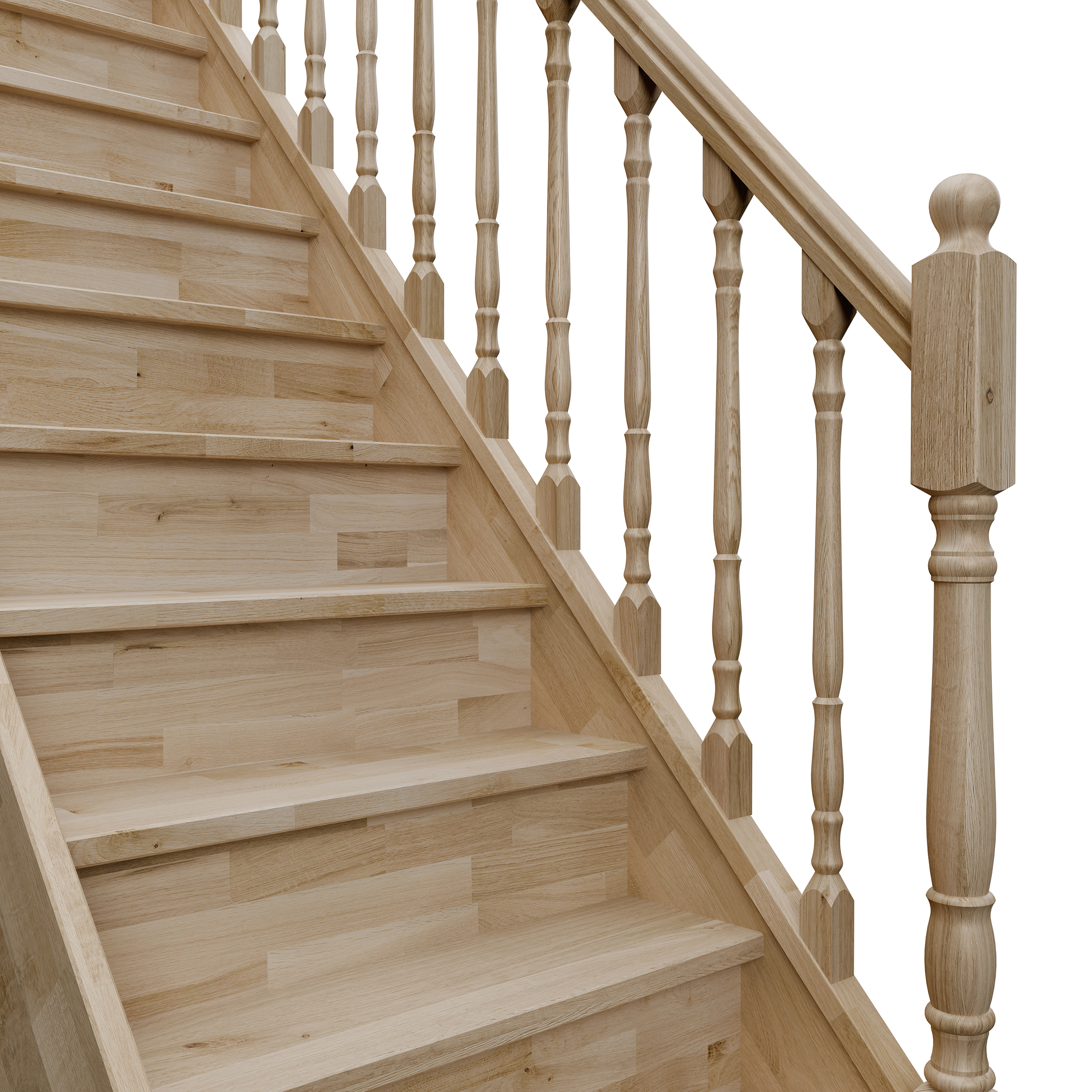

Turned classic
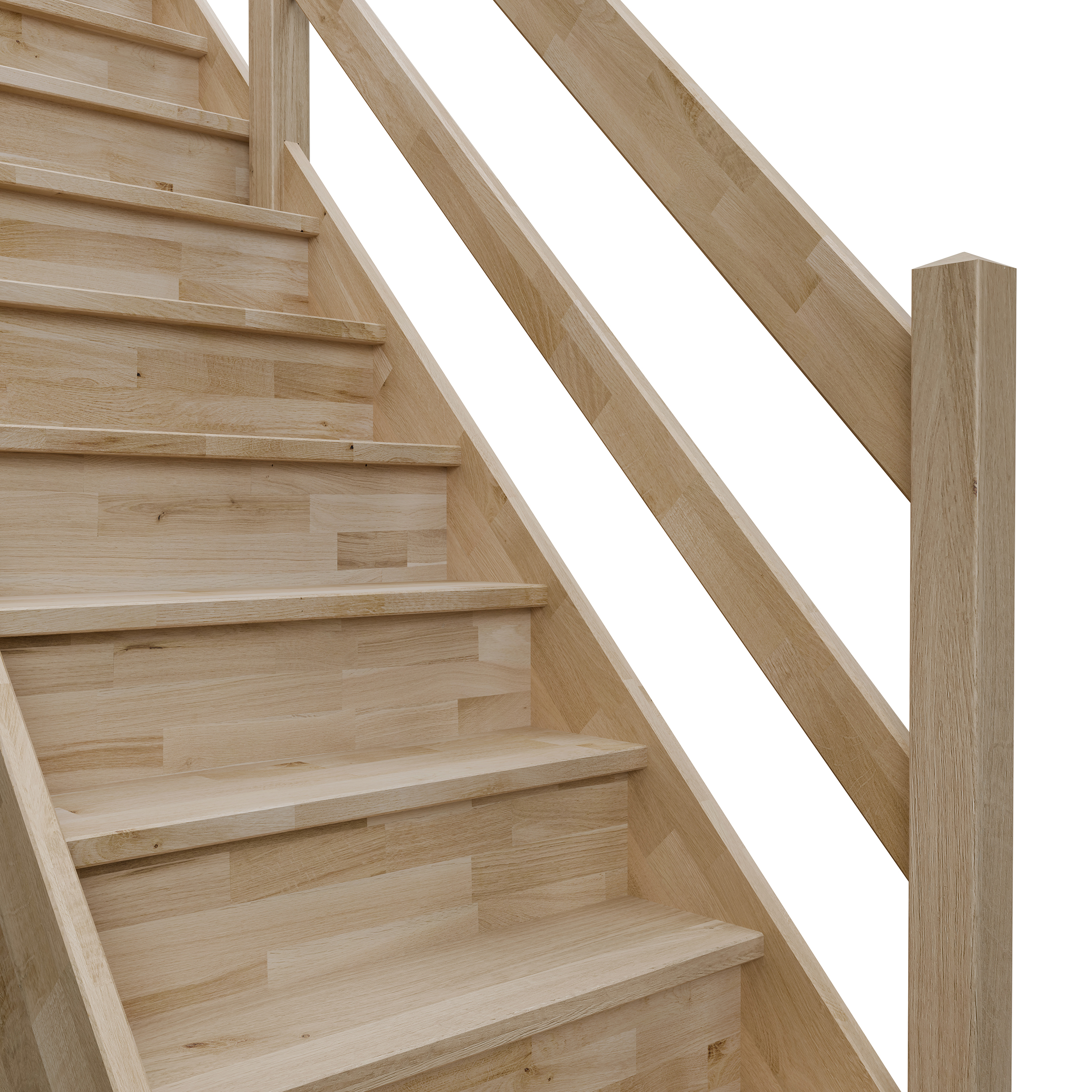

Railing
2 railings
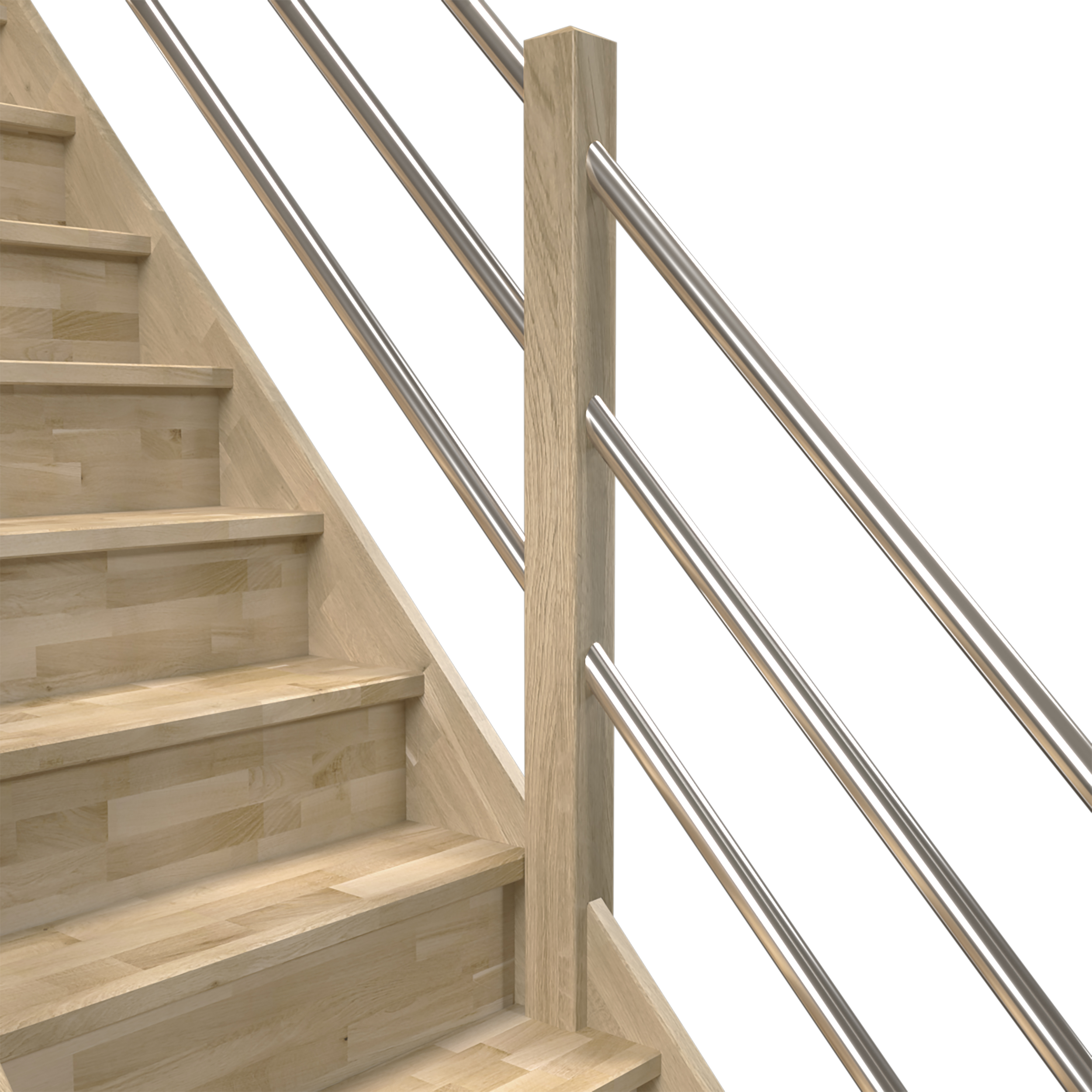

Modern
3 tubes – silver alu, black alu, white alu, or stainless steel
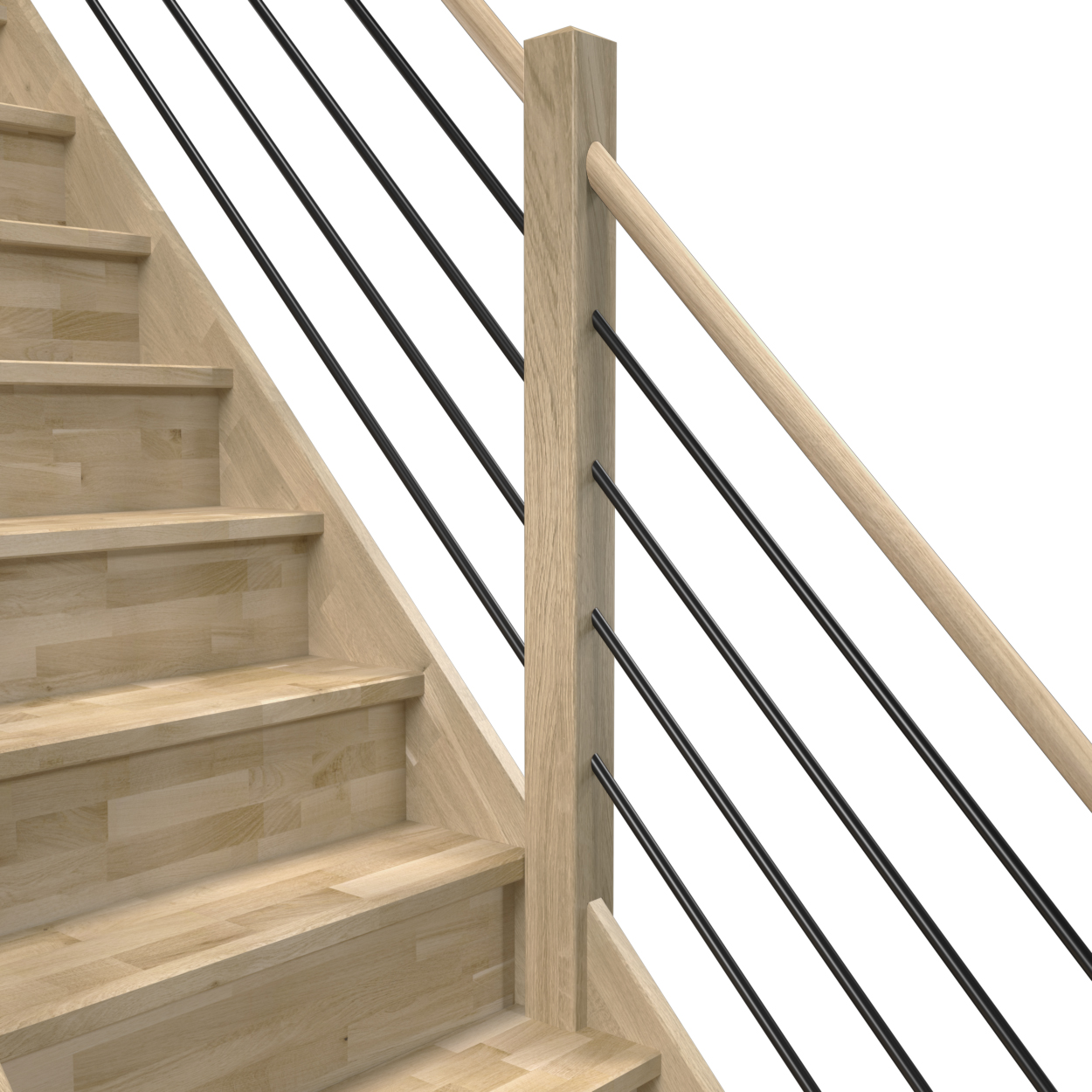

Design
4 tubes – silver alu, black alu, white alu, or stainless steel & wooden handrail
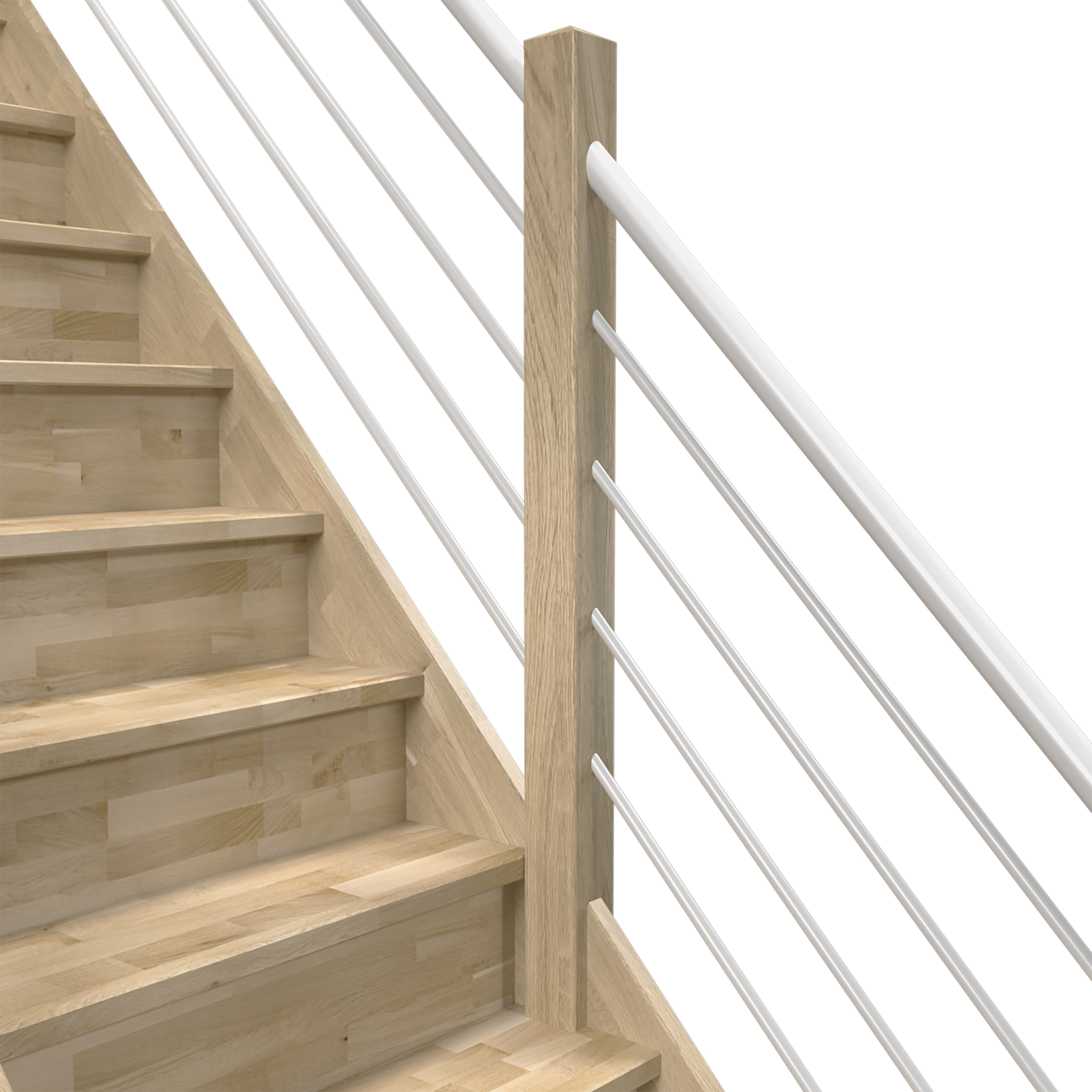

Design
4 tubes – silver alu, black alu, white alu, or stainless steel & metal handrail
CHOOSE YOUR LANDING BANISTER
A beautiful landing balustrade matching the type of wood and the handrail of your staircase is possible, allowing the staircase to blend perfectly into a modern or traditional home style.
10 balustrade versions are available to match the handrail selected earlier.
Delivered as a kit. To be assembled and installed on site.
FINISHING SLATS
Add a final touch to your custom staircase with our finishing slats, ensuring a clean and aesthetic junction between the wall and the staircase in case of a gap.
BEFORE
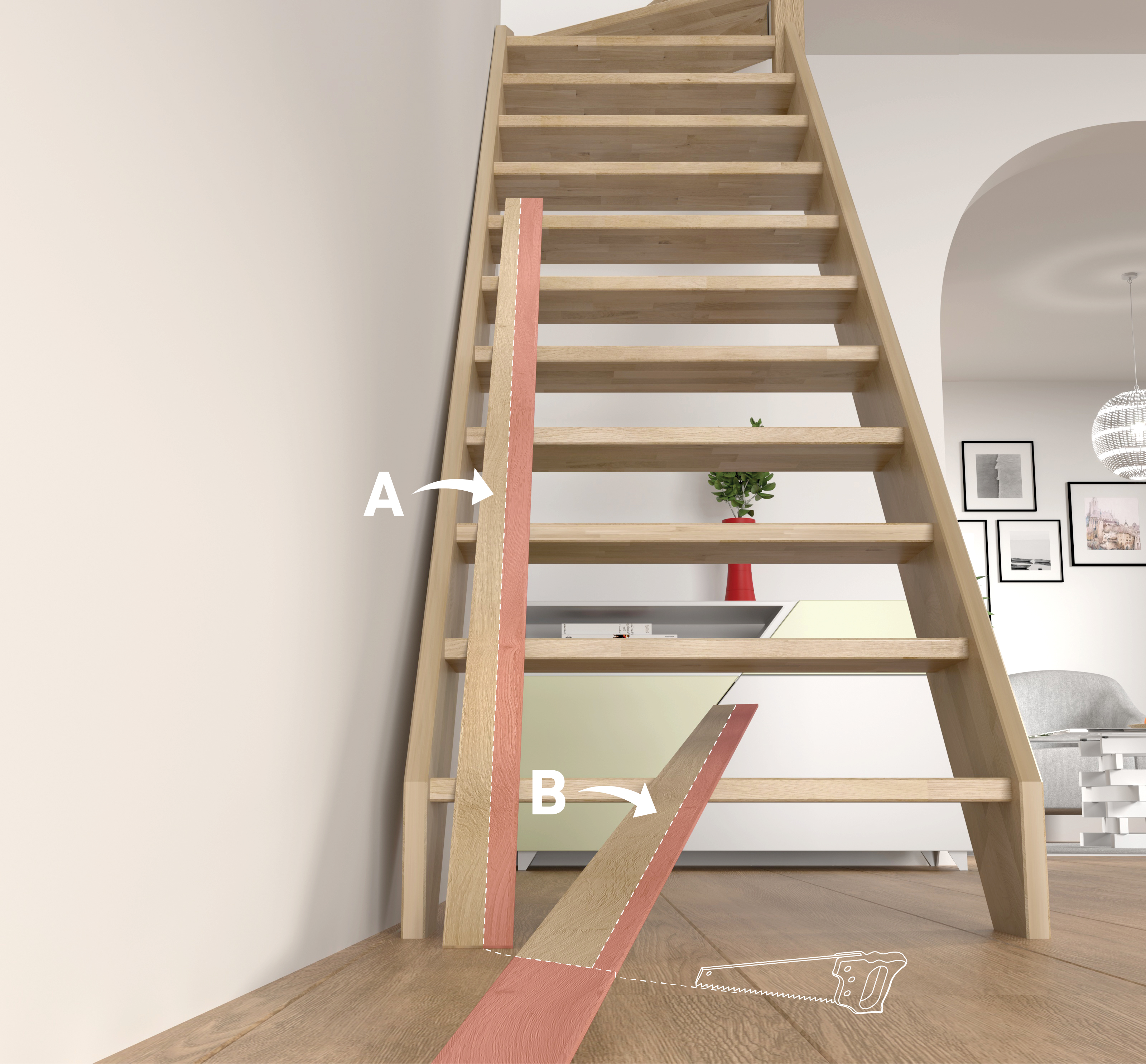

AFTER
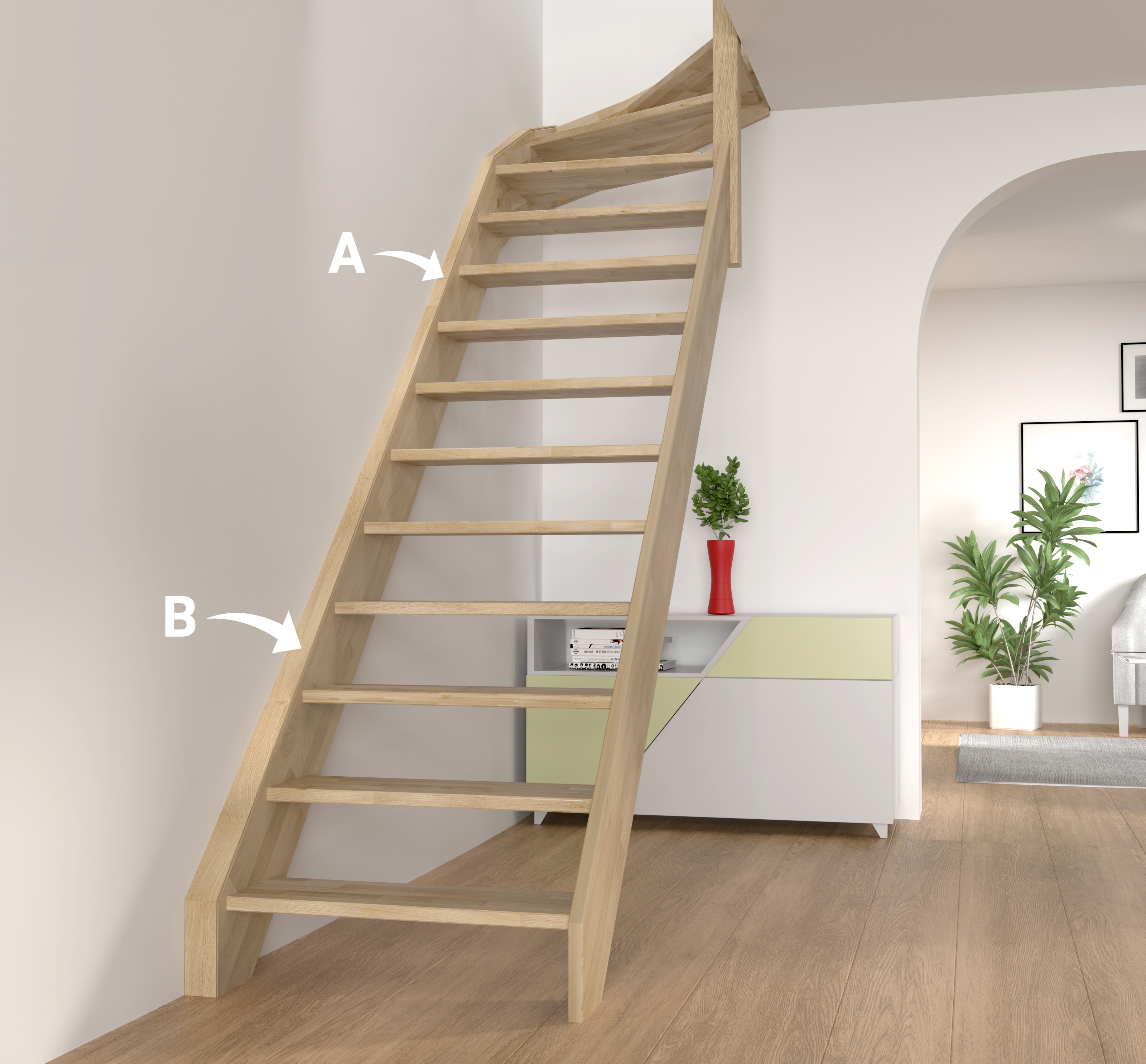

FACTORS TO CONSIDER WHEN CHOOSING YOUR STAIRCASE?
We make stairs that are tailormade for your home – what we call made to measure staircases. We also develop stairs with standard dimensions that can be customized to fit your home - stairs in kit we call them. You can install them yourselves; they are easy to mount because of our instruction guides and movies. Our comfortable staircases are staircases like DUBAI, BIAX, AUVERGNE, BRETAGNE, KALEA, GOMERA, EUREKA and SYDNEY. In wood we offer: PROVENCE, SAVOIE and JURA.
A staircase can simply run straight up and down without turning. This is called a straight flight staircase. The disadvantage of a straight flight model is that it often needs be quite long and occupies larger horizontal space in the room (total going) to be able to reach all the way to next floor. But it is the simplest staircase, easiest to build and the cheapest solution. It can be bought as a kit including everything needed for installation. If your room is limited in space, a staircase with either quarter turn or half-turn, can be the better solution for you.
A quarter turn staircase (90-degree turn) is a great solution if your room is not big enough for a straight flight model. It is a staircase with a little more elegance. The cut treads of the winder part are shaped to fit the 1/4 turn. The winder section may be challenging for young children and people with walking difficulties. The staircase can instead be built with an external handrail banister dedicated to the 1/4 turn part of the staircase.
The half-turn staircase is often chosen as the space saving and minimalist solution. A half turn stair is turning 180 degrees. It allows you to build a staircase that takes up minimal horizontal space. The winders (cut treads) can be a bit more difficult to walk for children.
A staircase should be comfortable to walk on. It is crucial that the treads have the right depth and a comfortable height. You define the going as being the horizontal distance between two treads’ leading edges - and the rise is the height between two treads. When the relationship between the two measurements is perfect, the stairs become comfortable to walk on. 1 x going plus 2 x rise should be approximately 63 cm. However, the rise should never exceed 21 cm, while the going should be 21 cm. In this section we only have high comfort staircases but if you are looking for smaller and more value for money staircases please have a look at our section with space savig stairs.
